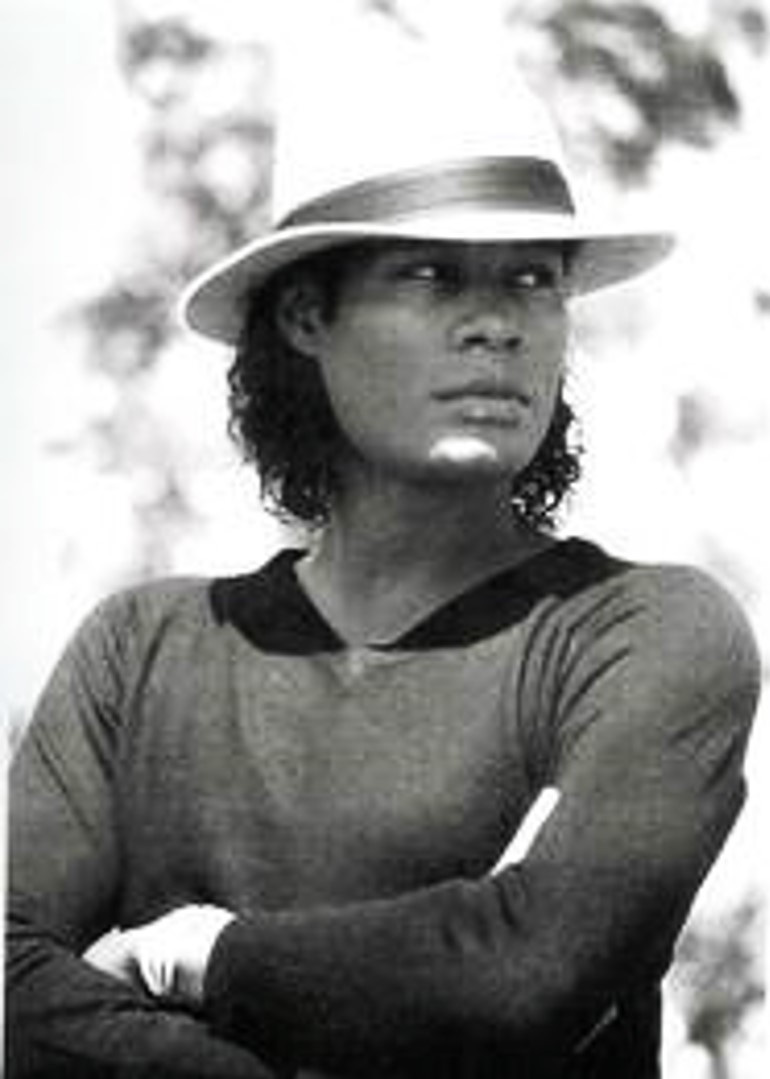HELLO AMERICA!—When speaking with artist Dr. Ronald Scott McDowell, one cannot but be impressed with his obvious, even religious dedication to life and all of its intriguing and mysterious forms. His commissioned art adds life and energy to public spaces. Birmingham stakeholders commissioned him to sculpt a statue honoring the beloved Nina Miglionico. Also in a Birmingham city park, a life-sized statue immortalizes Motown legend and Alabama native Eddie Kendricks with his fellow performers in The Temptations perfectly situated in the background.
MSJ: Dr. McDowell growing up in a small California town, how did you see the world?
RM: I saw people in my small northern town as giants but in an array of colors. My friends were older than me, and the white girls I befriended in this particular family all had polio. One of them bought my first Mickey Mouse drawing for a nickel. My cousin VJ sold it to her. At the age of six he said he was my first manager.
MSJ: What type of young people were you drawn to?
RM: I was drawn to all kinds of kids, black, white, Mexican, Chinese. They all lived in the projects where I lived. It was in the El Pueblo Housing Projects. Most of the black kids that I really liked didn’t like me and I always got into fist fights. The teachers would spank me really hard with the metal tip of the ruler on my drawing hand for drawing in class. They assured me I would never make it as an artist.
MSJ: When you 1st experienced an art show what did you learn which enhanced your desire in becoming a part of the art world?
RM: I experience my first art show at 18. It was in San Francisco, CA. My parents Monroe and Willa McDowell accompanied me there. It was the first time they attended anything I had done together. Charli Howard was the owner of the San Francisco Art Gallery. There were about 5 different artists there and I was the only African American artist. She was so impressed with the variety of styles I had mastered that she took them to Europe when she moved there. I realized that every artist had his own unique style in color, shape, and form. Seeing different styles of others helped to enhance my work.
MSJ: When creating images, is it a process where you give it great thought first, sketching it or is it an instant decision based on your mood or something?
RM: The images I create are always in my mind before I create them. The image in my head is already complete and I transfer it to bronze, marble, canvas or whatever medium I choose to put it on.
MSJ: Doctor you seem to have quite an interest in color and body movement which seems to represent the complexity of life itself?
RM: I use color to express pain, joy, and happiness. I see people as colors because colors can represent pain, suffering and joy. Color has the ability to reflect and alter emotions.
MSJ: Do you believe that the use of “color” in many cases a panacea for many who are mentally or emotionally disturbed?
RM: Yes and that has been proven numerous times.
MSJ: When you are alone and look in the mirror, what do you see and how does it make you feel?
RM: When I look in the mirror I’ve never been able to see myself in the third person. I’ve never been able to see myself the way others see me. The only way I’d be able to see myself in that light is if I had an identical twin.







